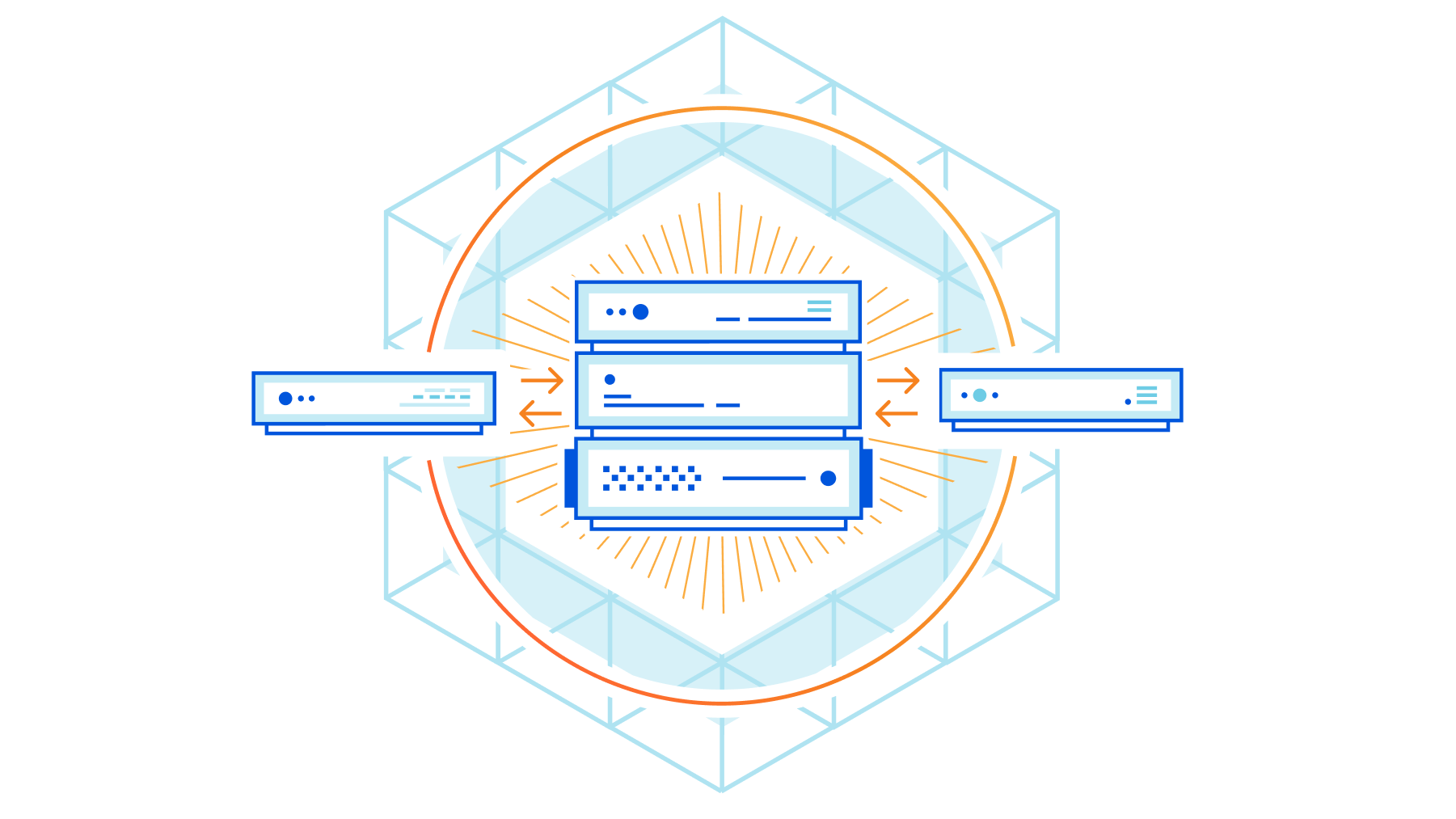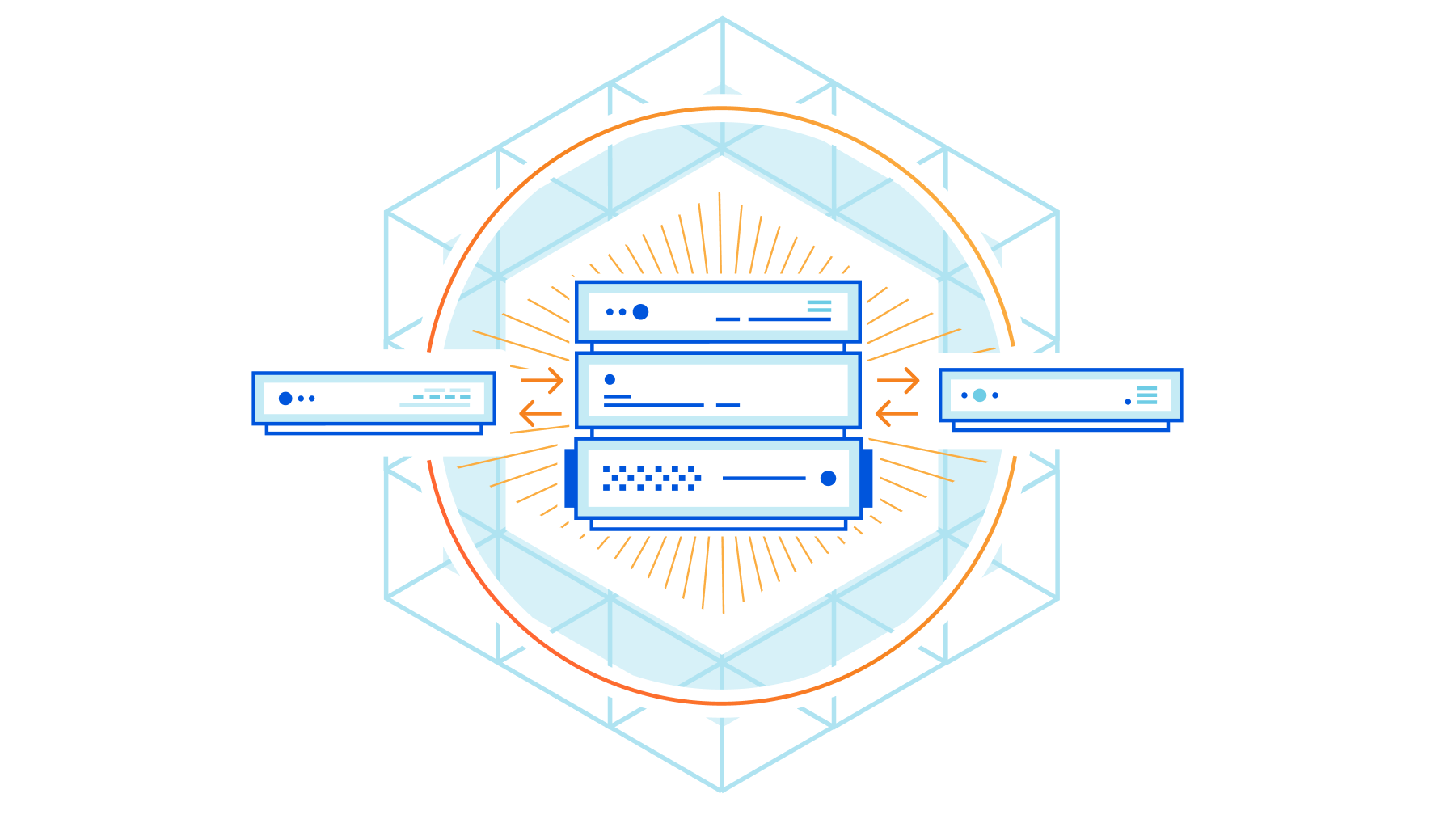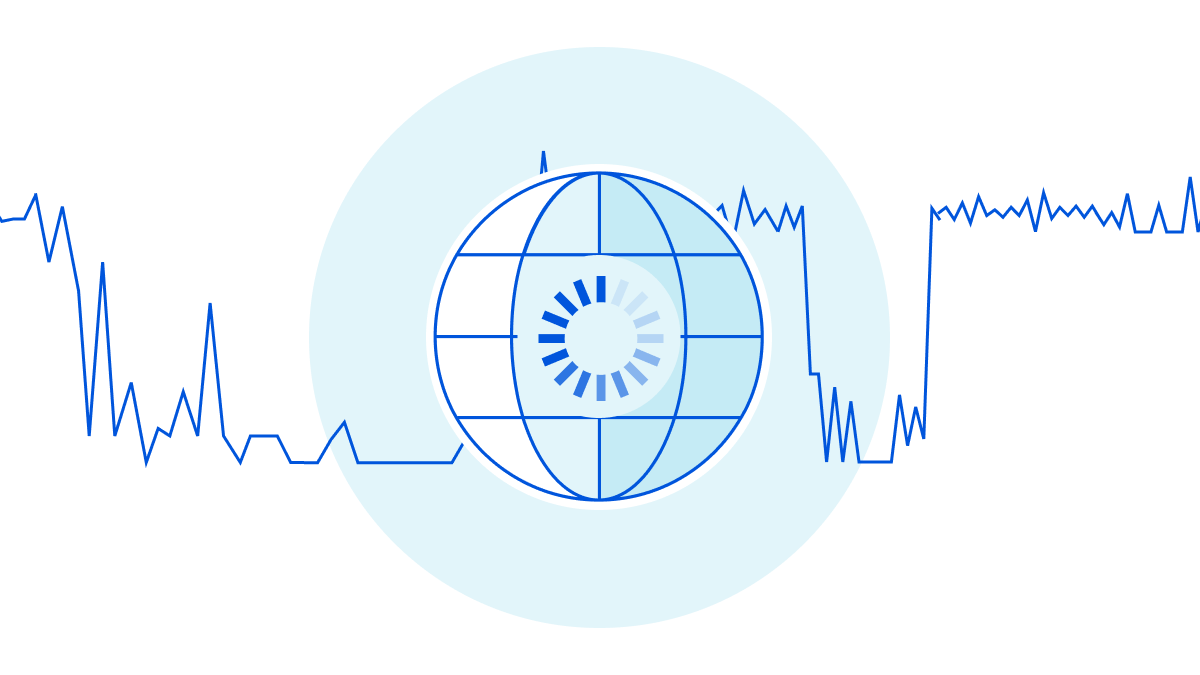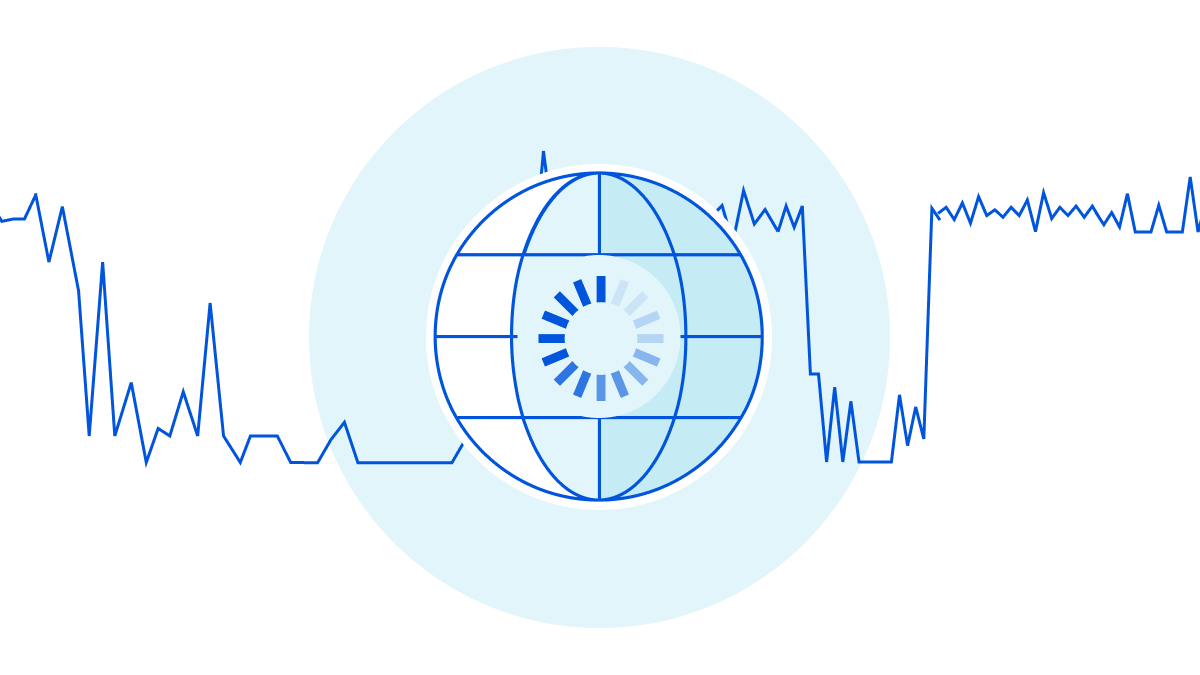Day Two Cloud 168: Get Kubernetes Observability With AppDynamics Cloud (Sponsored)
Today's Day Two Cloud podcast, sponsored by AppDynamics, explores how AppDynamics Cloud brings observability to your Kubernetes deployments by ingesting and visualizing all metrics, events, log and trace data from across your cloud and on-prem landscapes.
The post Day Two Cloud 168: Get Kubernetes Observability With AppDynamics Cloud (Sponsored) appeared first on Packet Pushers.
Making peering easy with the new Cloudflare Peering Portal


In 2018, we launched the Cloudflare Peering Portal, which allows network operators to see where your traffic is coming from and to identify the best possible places to interconnect with Cloudflare. We’re excited to announce that we’ve made it even easier to interconnect with Cloudflare through this portal by removing Cloudflare-specific logins and allowing users to request sessions in the portal itself!
We’re going to walk through the changes we’ve made to make peering easier, but before we do that, let’s talk a little about peering: what it is, why it’s important, and how Cloudflare is making peering easier.
What is peering and why is it important?
Put succinctly, peering is the act of connecting two networks together. If networks are like towns, peering is the bridges, highways, and streets that connect the networks together. There are lots of different ways to connect networks together, but when networks connect, traffic between them flows to their destination faster. The reason for this is that peering reduces the number of Border Gateway Protocol (BGP) hops between networks.
What is BGP?
For a quick refresher, Border Gateway Protocol (or BGP for short) is a protocol that propagates instructions on how networks should Continue reading
Cisco Figures Out How To Sell Switches To Hyperscalers And Enterprises Alike
Selling hardware into the modern datacenter is no easy feat, particularly when the needs of hyperscalers and enterprises have long since diverged. …
Cisco Figures Out How To Sell Switches To Hyperscalers And Enterprises Alike was written by Jeffrey Burt at The Next Platform.
Why Do We Need IBGP Full Mesh?
Here’s another question from the excellent list posted by Daniel Dib on Twitter:
BGP Split Horizon rule says “Don’t advertise IBGP-learned routes to another IBGP peer.” The purpose is to avoid loops because it’s assumed that all of IBGP peers will be on full mesh connectivity. What is the reason the BGP protocol designers made this assumption?
Time for another history lesson. BGP was designed in late 1980s (RFC 1105 was published in 1989) as a replacement for the original Exterior Gateway Protocol (EGP). In those days, the original hub-and-spoke Internet topology with NSFNET core was gradually replaced with a mesh of interconnections, and EGP couldn’t cope with that.
Why Do We Need IBGP Full Mesh?
Here’s another question from the excellent list posted by Daniel Dib on Twitter:
BGP Split Horizon rule says “Don’t advertise IBGP-learned routes to another IBGP peer.” The purpose is to avoid loops because it’s assumed that all of IBGP peers will be on full mesh connectivity. What is the reason the BGP protocol designers made this assumption?
Time for another history lesson. BGP was designed in late 1980s (RFC 1105 was published in 1989) as a replacement for the original Exterior Gateway Protocol (EGP). In those days, the original hub-and-spoke Internet topology with NSFNET core was gradually replaced with a mesh of interconnections, and EGP couldn’t cope with that.
HS035 Quiet Quitting Hustle Culture
Whats the deal with Quiet Quitting ? Johna & Greg get into a heated debate about the nature of work. Johna wants people to ‘do your job’, Greg wants ‘pay me more to do more’. How much can a companies expect from their employees as hustle culture is being rejected by more people.HS035 Quiet Quitting Hustle Culture
Whats the deal with Quiet Quitting ? Johna & Greg get into a heated debate about the nature of work. Johna wants people to ‘do your job’, Greg wants ‘pay me more to do more’. How much can a companies expect from their employees as hustle culture is being rejected by more people.
The post HS035 Quiet Quitting Hustle Culture appeared first on Packet Pushers.
Internet disruptions overview for Q3 2022


Cloudflare operates in more than 275 cities in over 100 countries, where we interconnect with over 10,000 network providers in order to provide a broad range of services to millions of customers. The breadth of both our network and our customer base provides us with a unique perspective on Internet resilience, enabling us to observe the impact of Internet disruptions. In many cases, these disruptions can be attributed to a physical event, while in other cases, they are due to an intentional government-directed shutdown. In this post, we review selected Internet disruptions observed by Cloudflare during the third quarter of 2022, supported by traffic graphs from Cloudflare Radar and other internal Cloudflare tools, and grouped by associated cause or common geography. The new Cloudflare Radar Outage Center provides additional information on these, and other historical, disruptions.
Government directed shutdowns
Unfortunately, for the last decade, governments around the world have turned to shutting down the Internet as a means of controlling or limiting communication among citizens and with the outside world. In the third quarter, this was an all too popular cause of observed disruptions, impacting countries and regions in Africa, the Middle East, Asia, and the Caribbean.
Iraq
How Calico CNI solves IP address exhaustion on Microsoft AKS
Companies are increasingly adopting managed Kubernetes services, such as Microsoft Azure Kubernetes Service (AKS), to build container-based applications. Leveraging a managed Kubernetes service is a quick and easy way to deploy an enterprise-grade Kubernetes cluster, offload mundane operations such as provisioning new nodes, upgrading the OS/Kubernetes, and scaling resources according to business needs.
AKS also provides a fault-tolerant Kubernetes control plane endpoint and automates the worker node maintenance and deployment process. With regards to networking within the cluster, AKS provides an integrated CNI to address basic Kubernetes networking requirements, such as configuring network interfaces and providing connectivity between pods. However, the basic container networking in Microsoft AKS comes with a limited set of IP addresses. As businesses grow, so does application usage. Having a limited set of IPs can cause scale, availability, and manageability challenges for Microsoft AKS users.
In this blog post, I will discuss IP address exhaustion on Microsoft AKS and how Calico can solve this issue. I will also explore how Calico can address scalability challenges and provide resources that can quickstart your journey in using Calico to solve IP address exhaustion on AKS.
Microsoft AKS BYOCNI
Earlier this year, Microsoft AKS introduced the ability to bring Continue reading
Oracle Takes The Whole Nvidia AI Stack For Its Cloud
The top hyperscalers and clouds are rich enough to build out infrastructure on a global scale and create just about any kind of platform they feel like. …
Oracle Takes The Whole Nvidia AI Stack For Its Cloud was written by Timothy Prickett Morgan at The Next Platform.
Full Stack Journey 071: Technology Short Takes Audio Edition
Today on the Full Stack Journey podcast, host Scott Lowe tries something new with an audio version of his Technology Short Takes blog series. Scott takes three career-focused articles, shares a brief summary of the article, and then discusses the article in a little bit of depth.Full Stack Journey 071: Technology Short Takes Audio Edition
Today on the Full Stack Journey podcast, host Scott Lowe tries something new with an audio version of his Technology Short Takes blog series. Scott takes three career-focused articles, shares a brief summary of the article, and then discusses the article in a little bit of depth.
The post Full Stack Journey 071: Technology Short Takes Audio Edition appeared first on Packet Pushers.